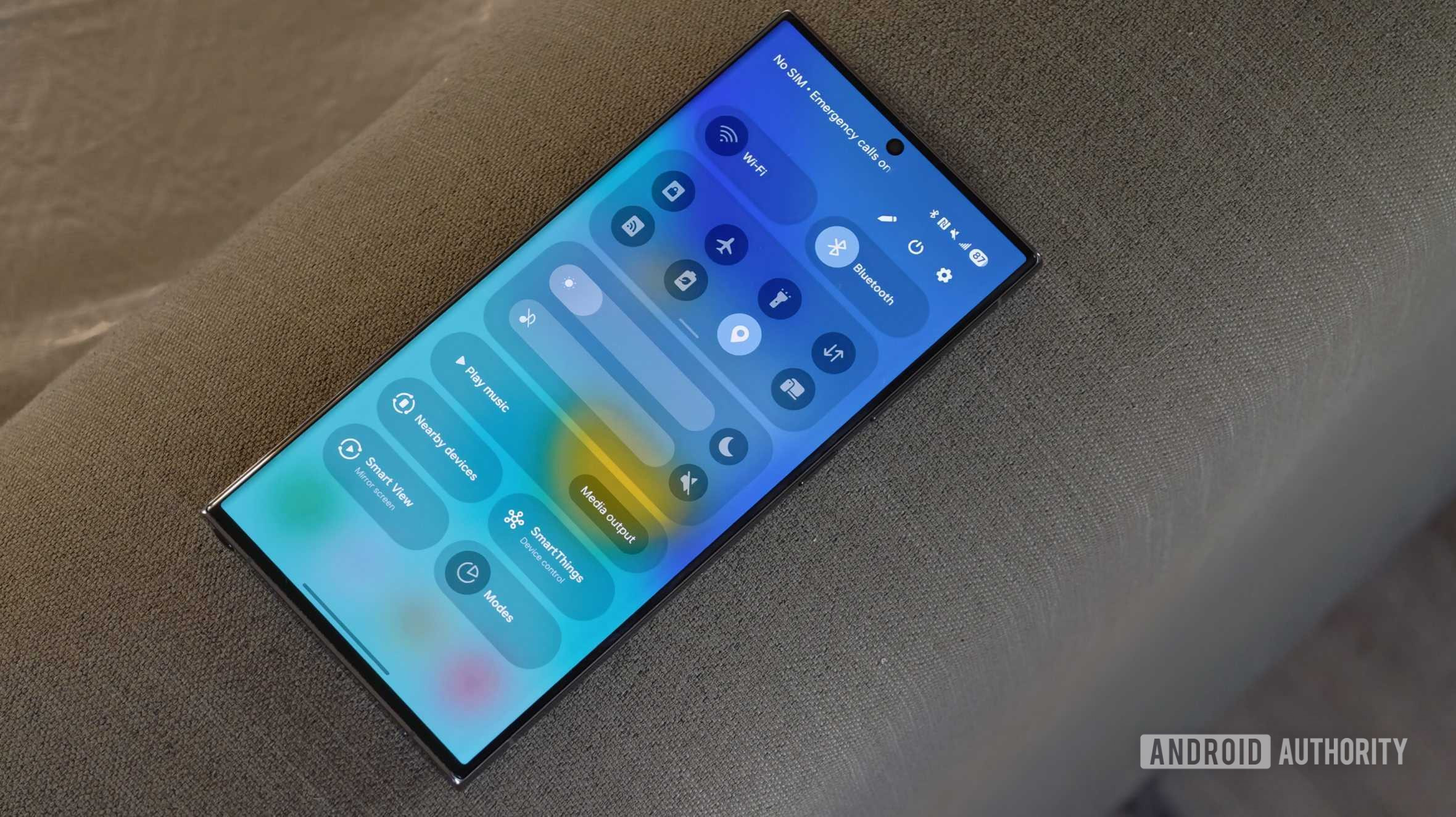Android phones
Android phones from Samsung, Google, Motorola, OnePlus, and more. All the news, commentary, and hands-on reviews you could want.
Best products
Features
Guides
Reviews
All the latest
Android phones news
Can you tell if a photo is from a $1,300 flagship or a $280 budget phone?
C. Scott Brown45 minutes ago
0

The best Samsung phones you couldn't buy in the US
Matt Horne2 hours ago
0

The Pixel 9a is missing an important Google app, but I don't mind
Ryan Haines3 hours ago
0

What phones are Android Authority readers using? (2025 Edition)
Hadlee Simons4 hours ago
0
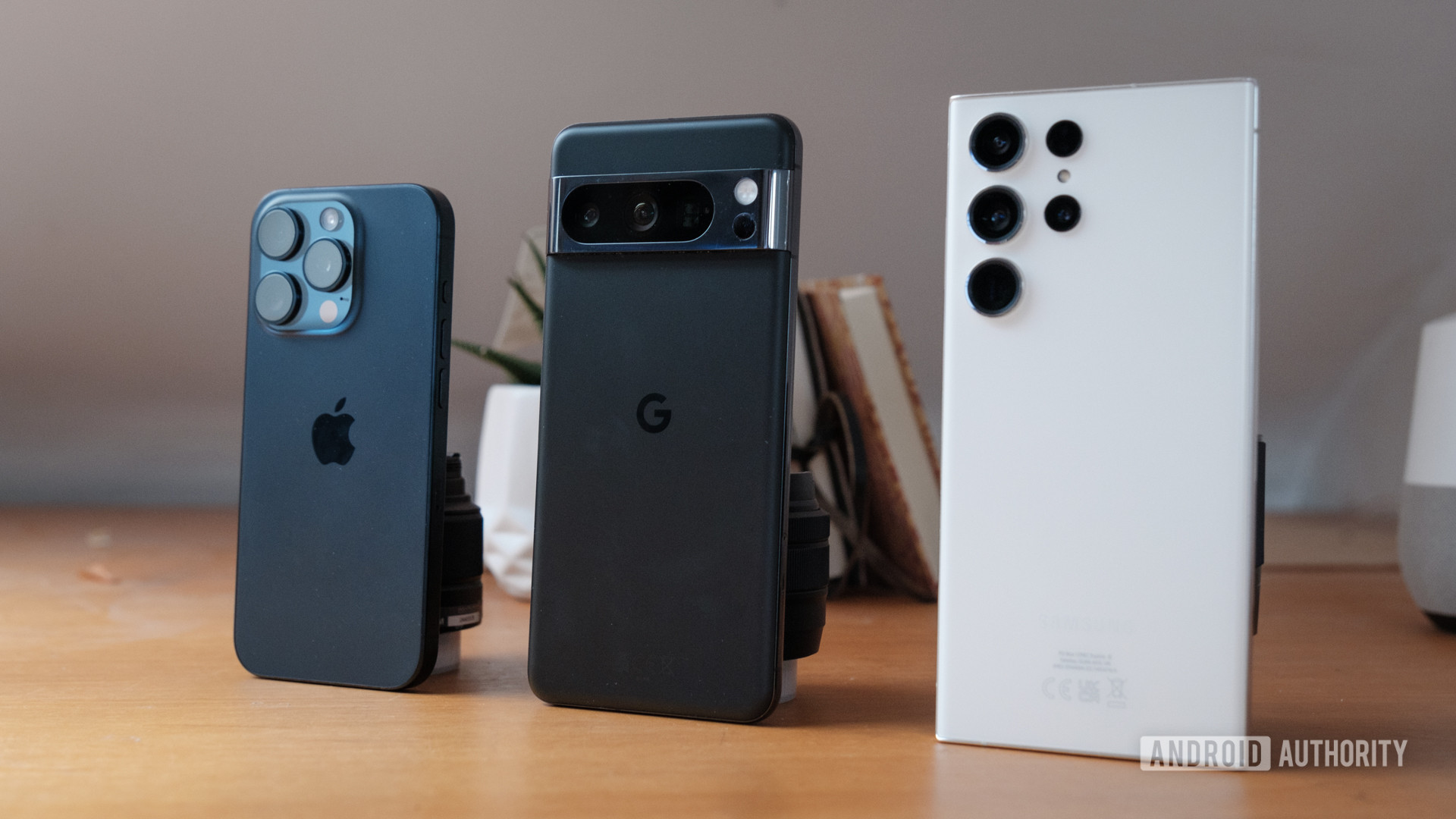
I tested four camera phones and the Samsung Galaxy S25 still has a shutter lag problem
Robert Triggs21 hours ago
0
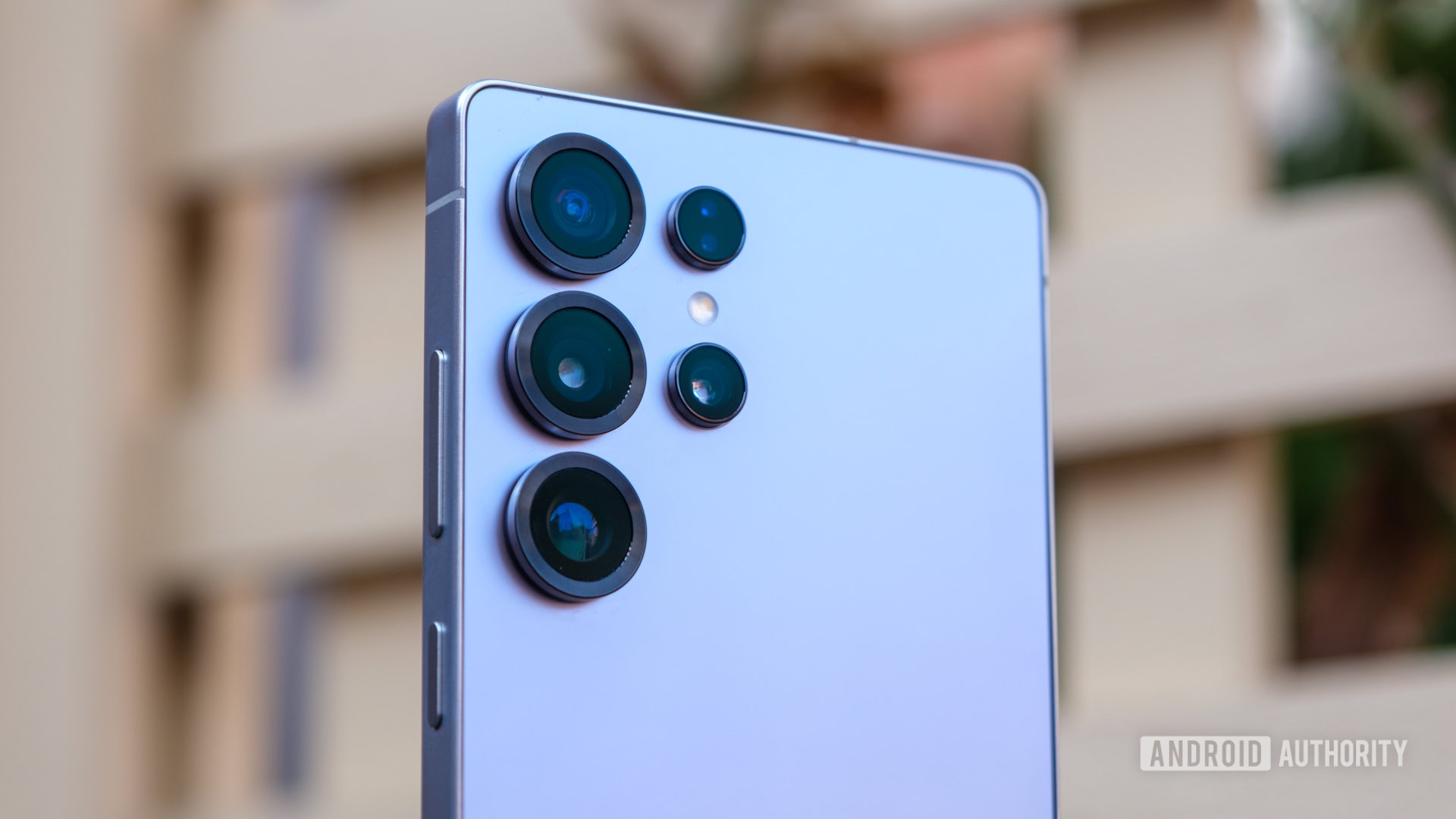
This is the one feature I really want to see on Samsung's high-end phones
Megan EllisMay 8, 2025
0

The $300 Samsung Galaxy A26 5G and makes the $400 Galaxy A36 5G look like a bad deal
Rushil AgrawalMay 7, 2025
0

Google's latest Pixel decision is one of the most annoying yet
Joe MaringMay 7, 2025
0
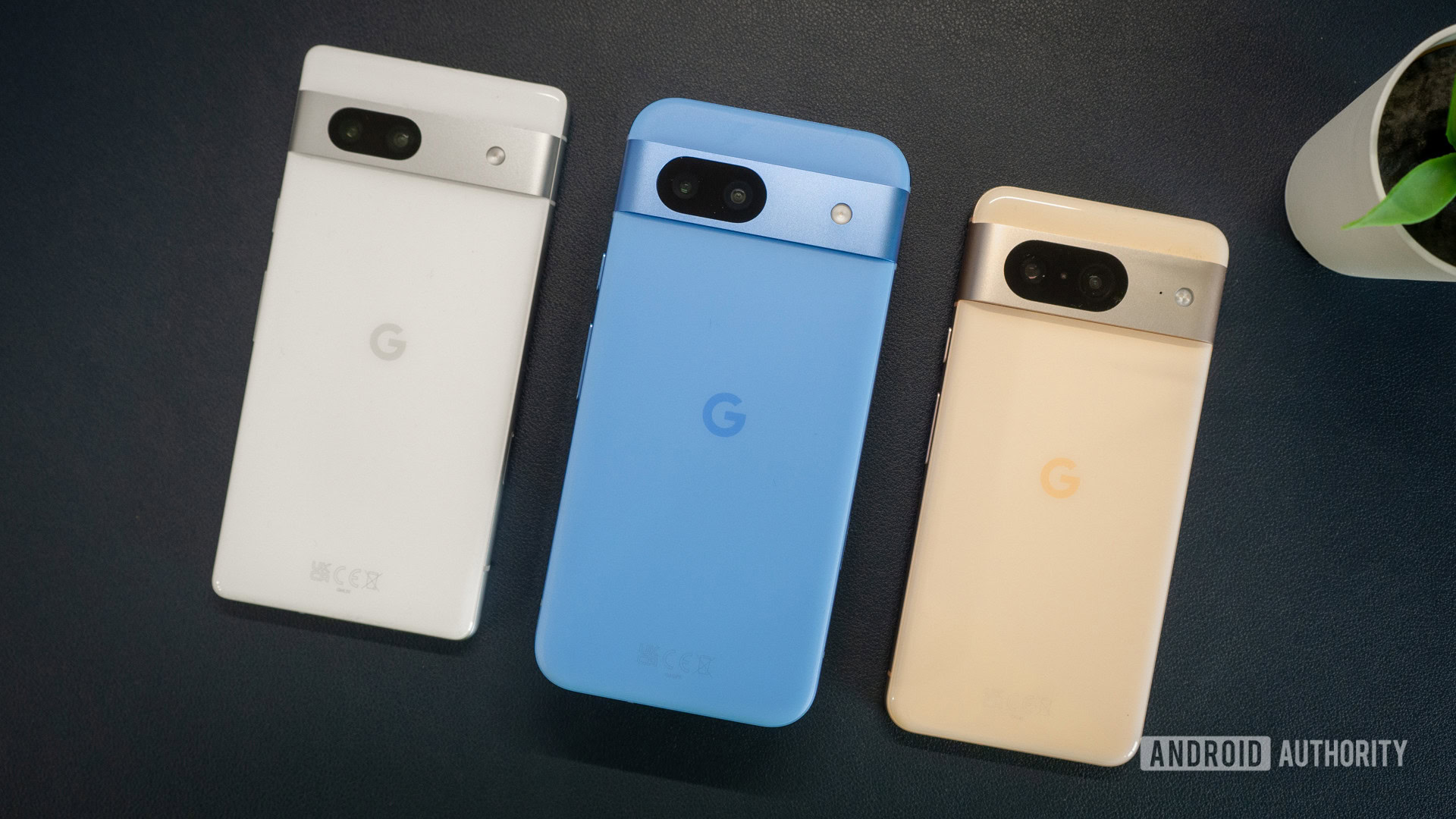
Here's why I keep reaching for my Samsung even with a flagship Pixel in my pocket
Andy WalkerMay 6, 2025
0
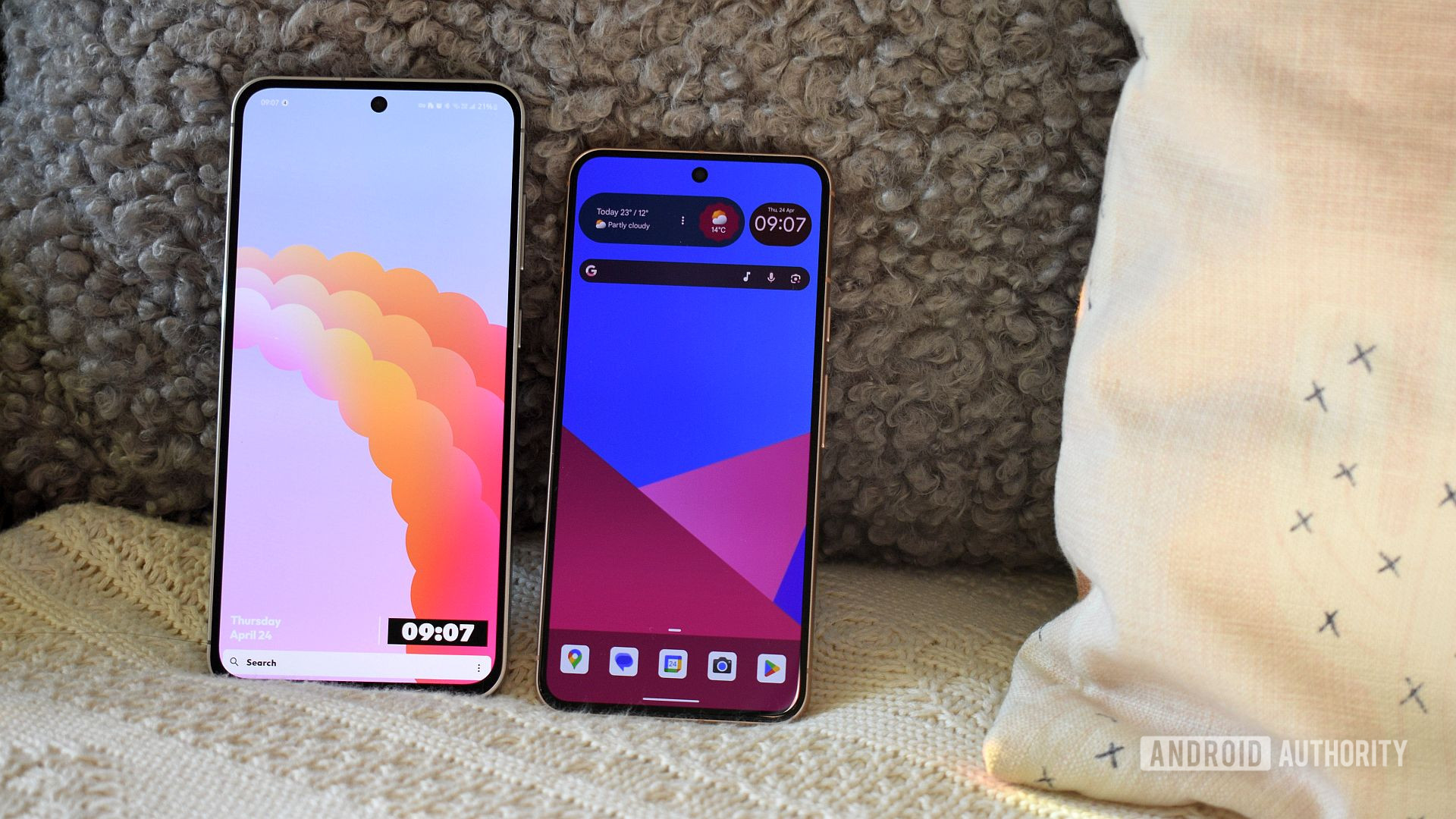
Did you know: Xiaomi phones were (kinda) sold in the US for one day
Matt HorneMay 6, 2025
0
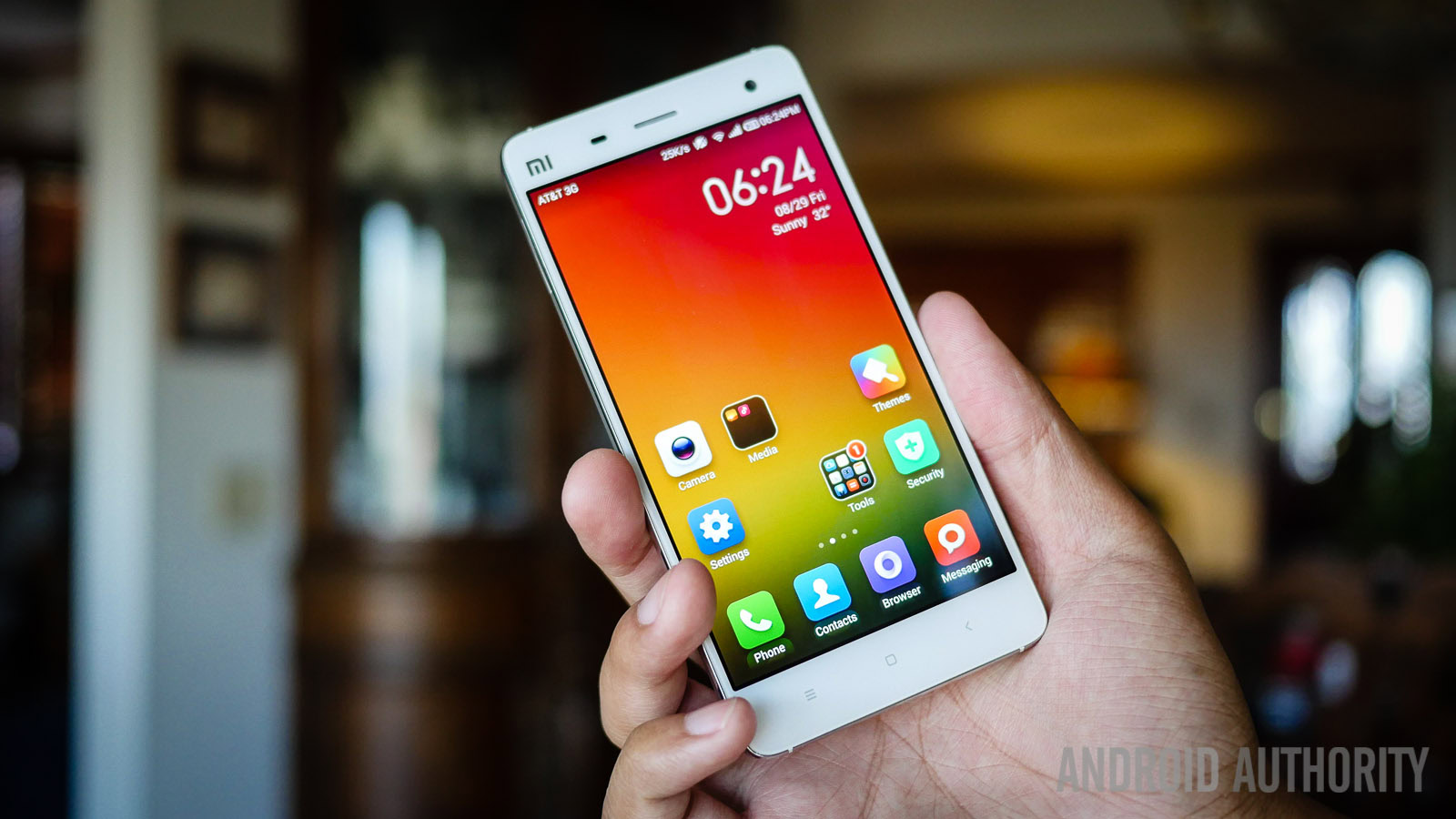
Sony Xperia 1 VII leaks big time ahead of launch event
Ryan McNeal21 hours ago
0
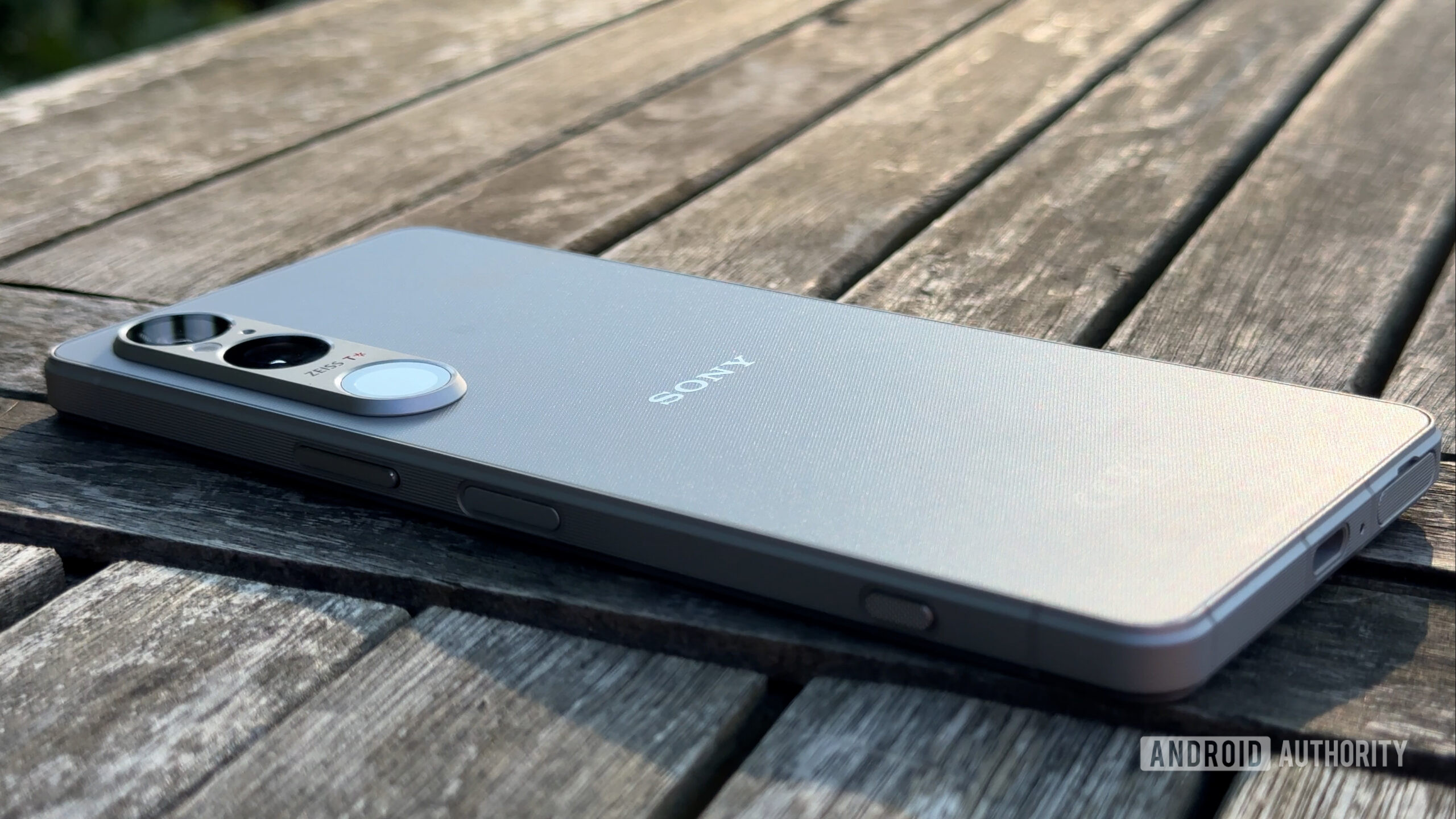
Samsung is working on a better way to keep your private photos private
Matt Horne23 hours ago
0
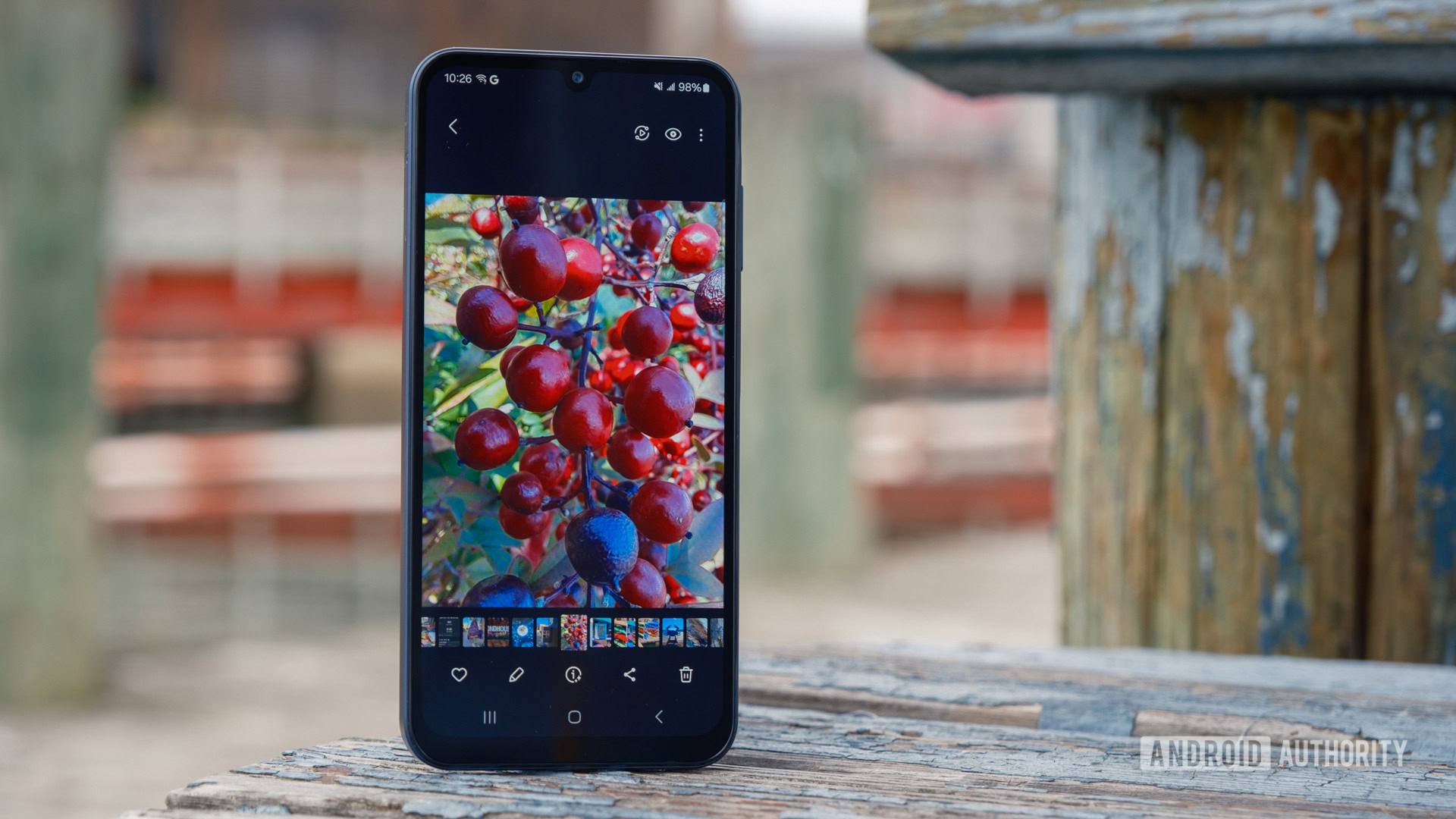
A Pixel 8 was left in a hot tub for four days, here's what happened
Ryan McNeal24 hours ago
0
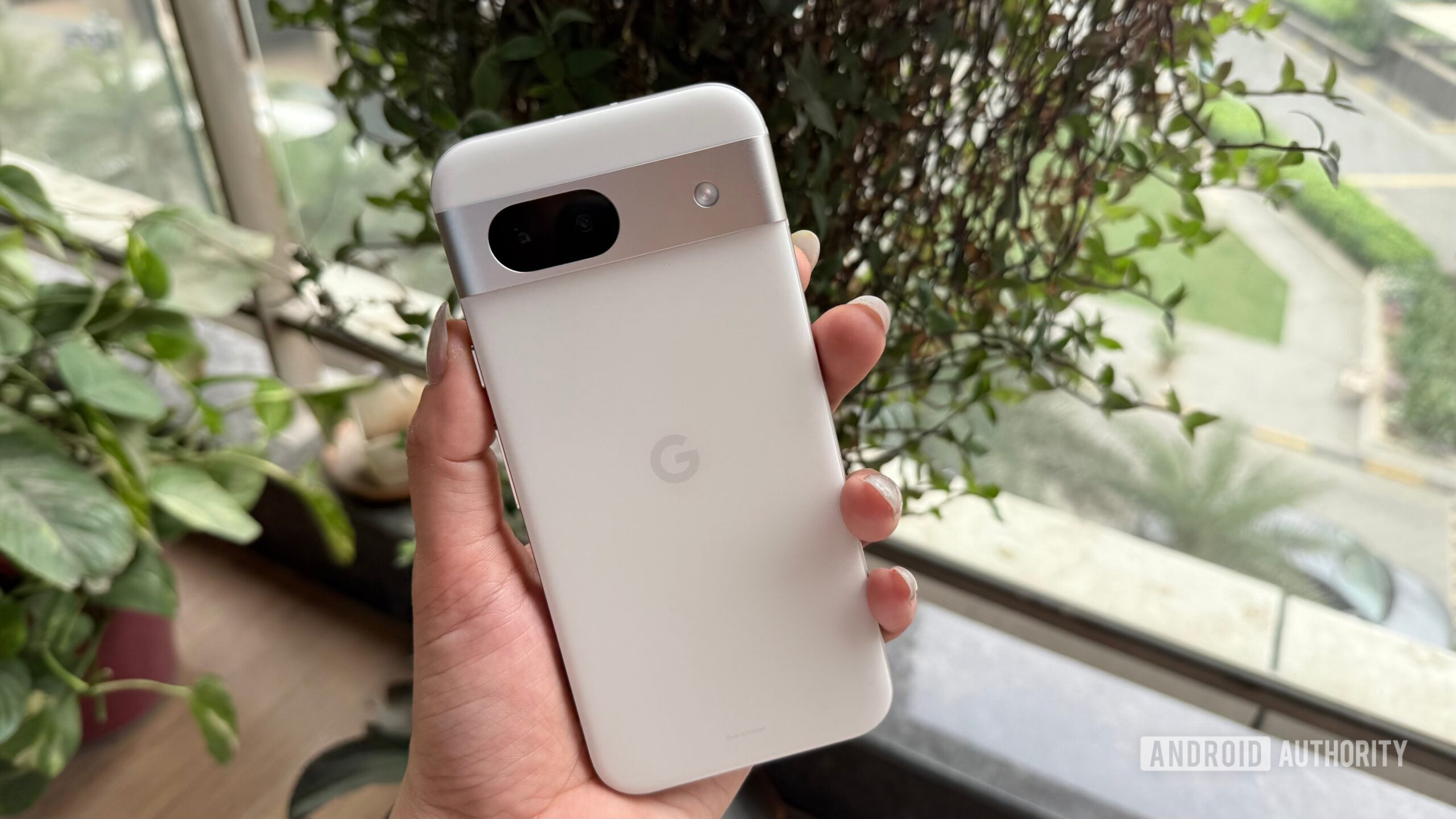
How to enable Android 16's Audio Sharing feature on your Pixel
Mishaal RahmanMay 9, 2025
0
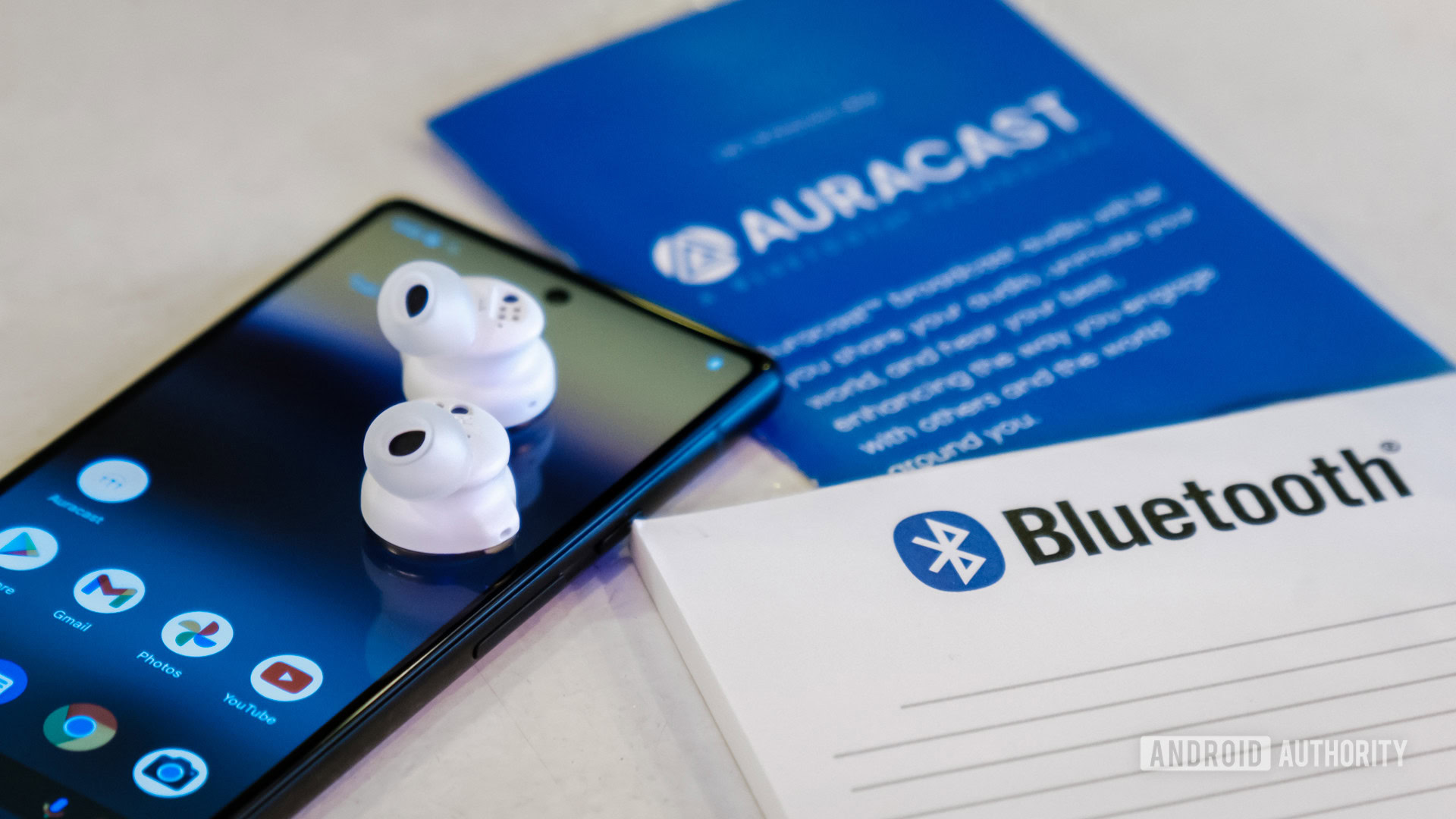
Samsung confirms brand-new Gorilla Glass display protection for Galaxy S25 Edge
Adamya SharmaMay 8, 2025
0
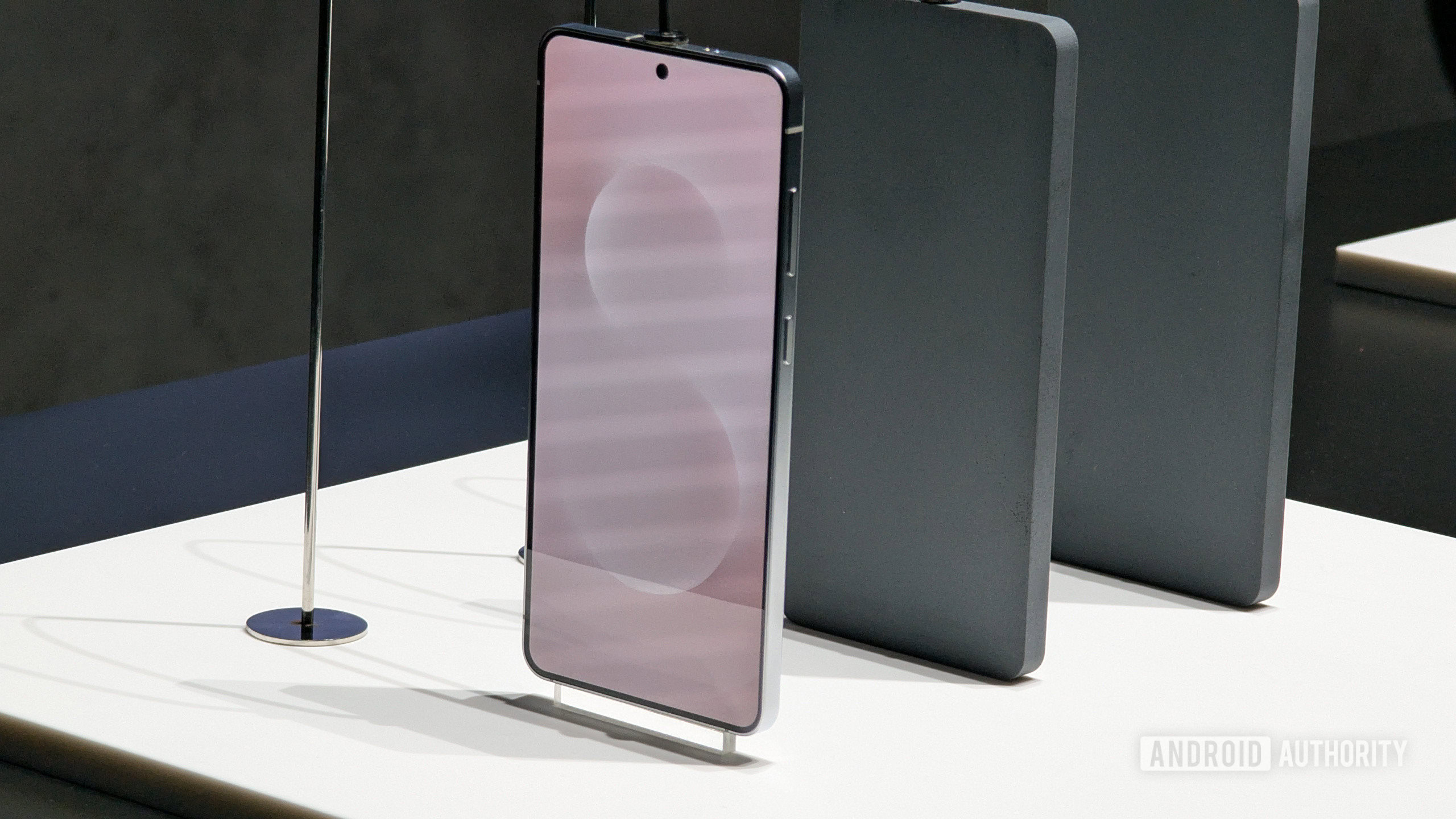
Galaxy S25 Edge leak reveals all the cases you'll need to keep the super-thin phone safe
Stephen SchenckMay 8, 2025
0
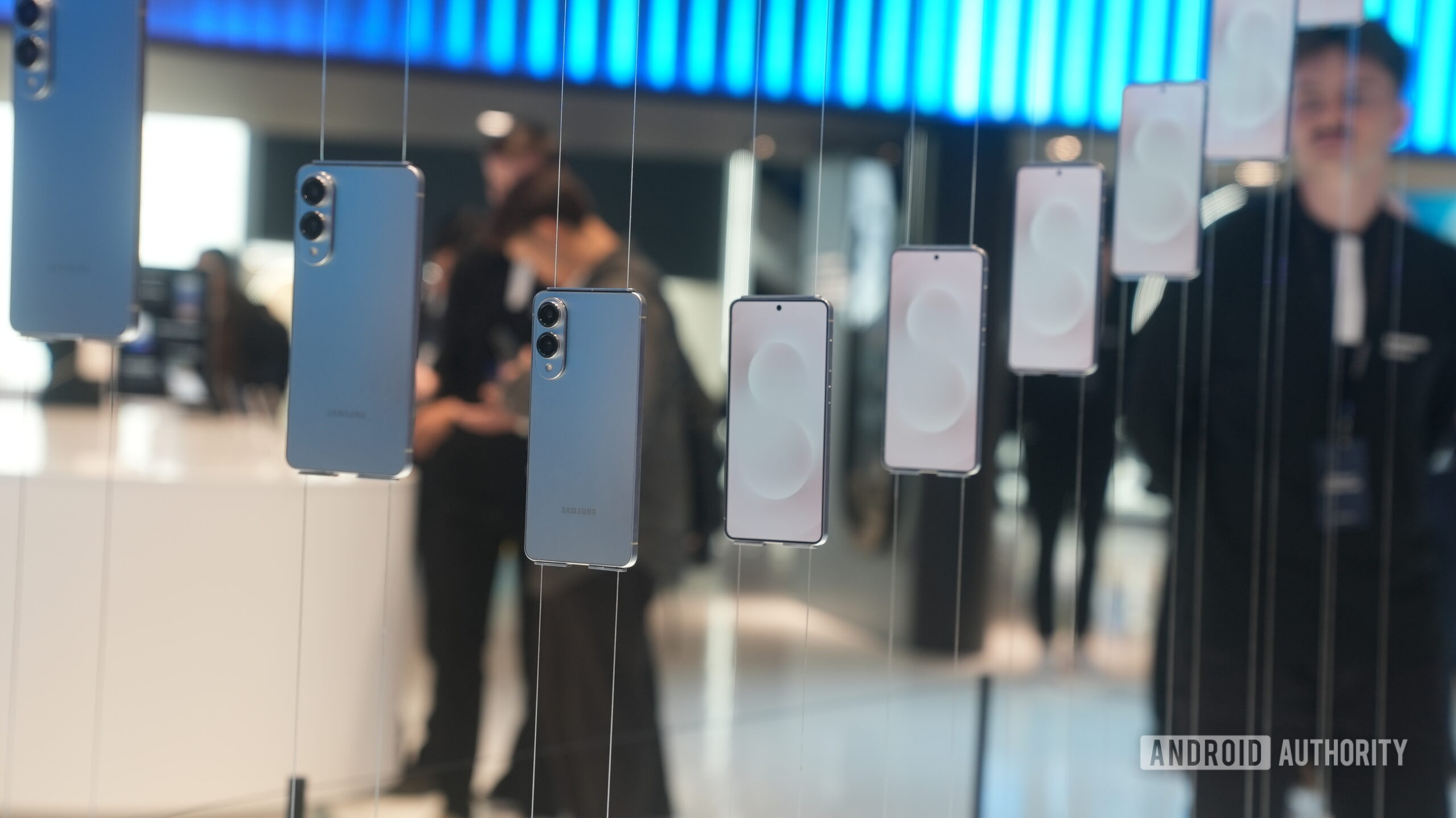
Samsung is rushing to make more Galaxy S25s, and you can guess why
Matt HorneMay 8, 2025
0
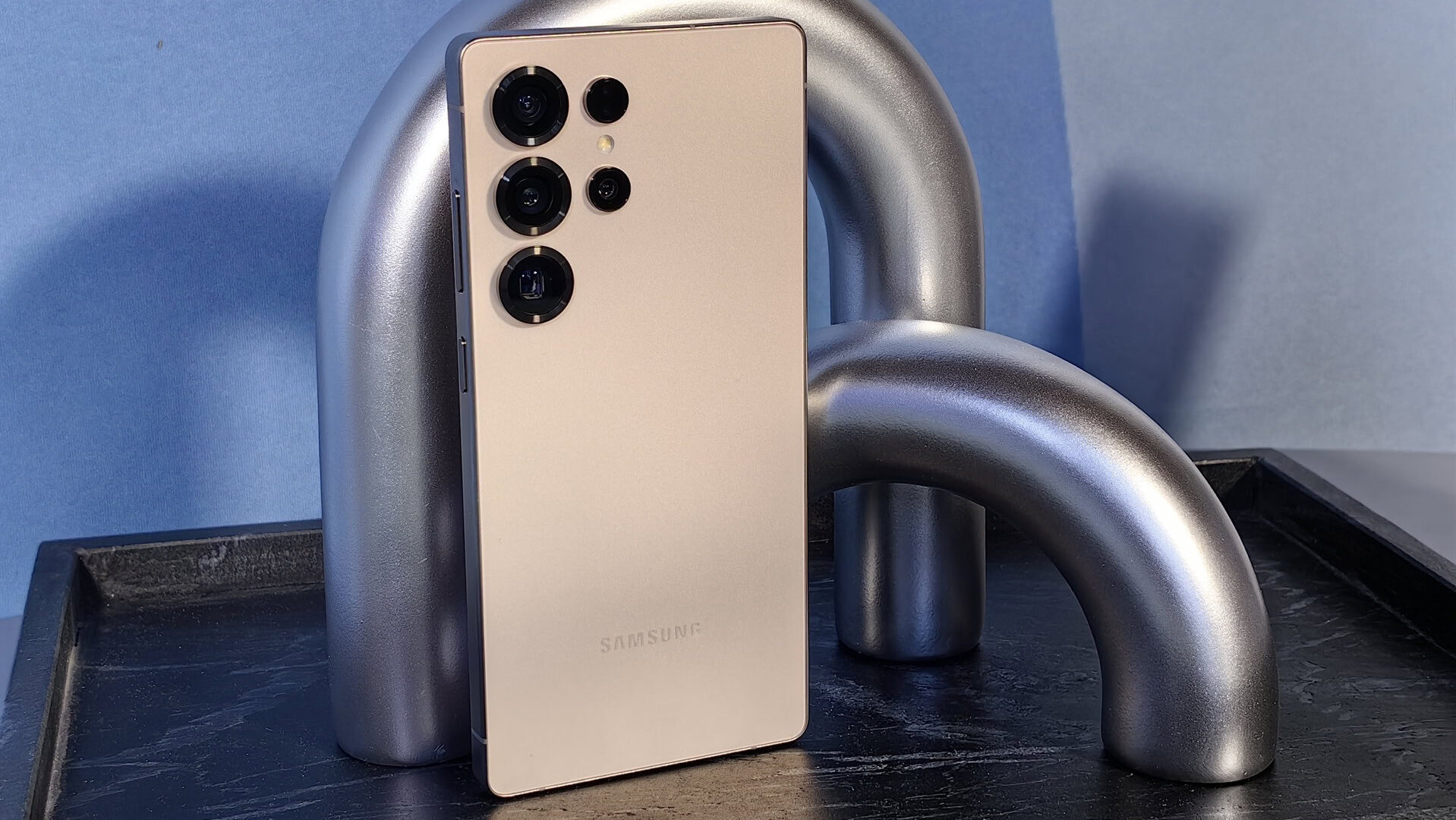
Pixel users say Google's image processing is ruining shots. Are you affected?
Aamir SiddiquiMay 8, 2025
0
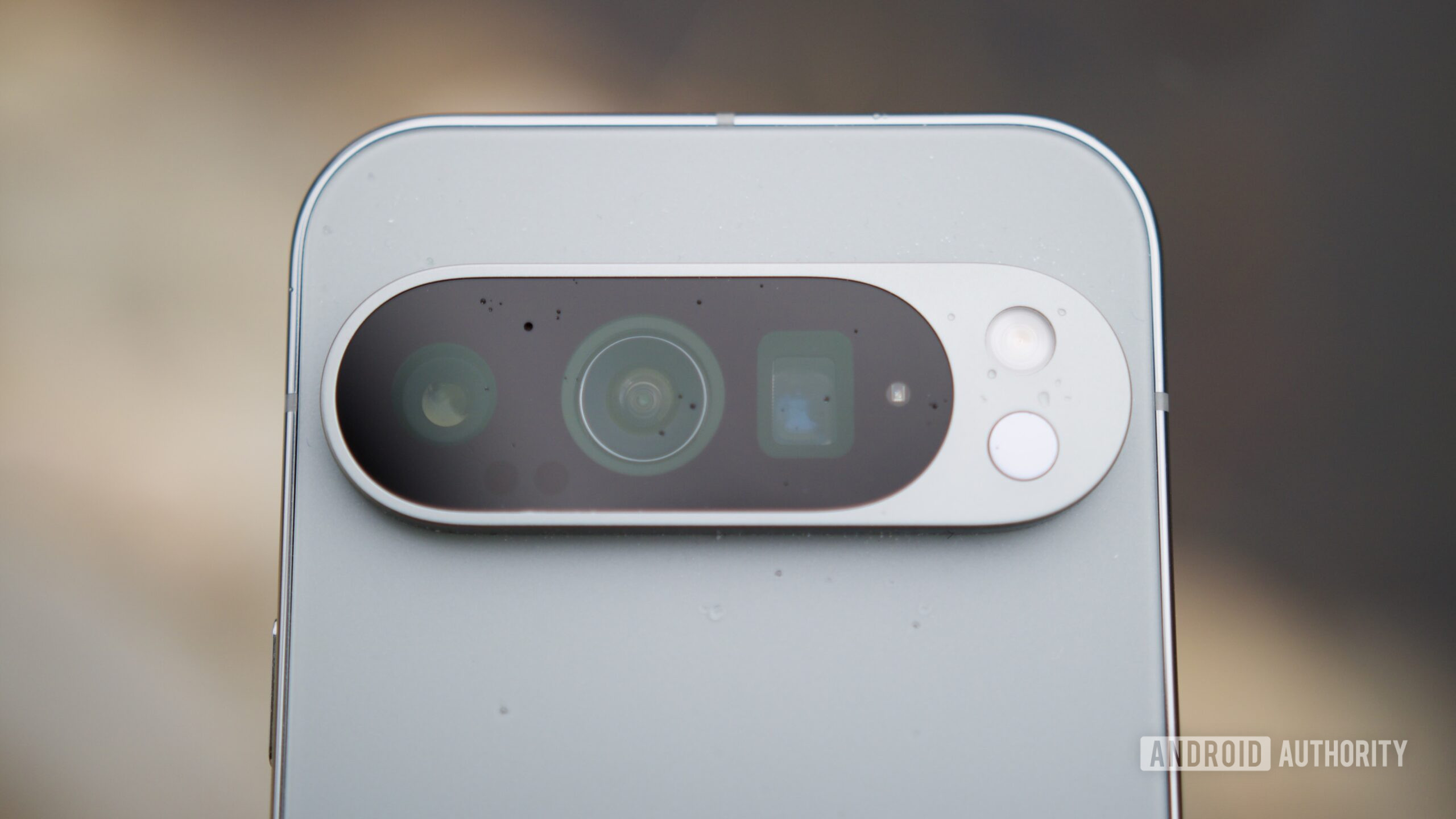
Get ready — Samsung's first One UI 8 beta could be right around the corner
Adamya SharmaMay 8, 2025
0

Hate One UI 7's split notification panel? Here's how to switch back.
Hadlee SimonsMay 8, 2025
0
